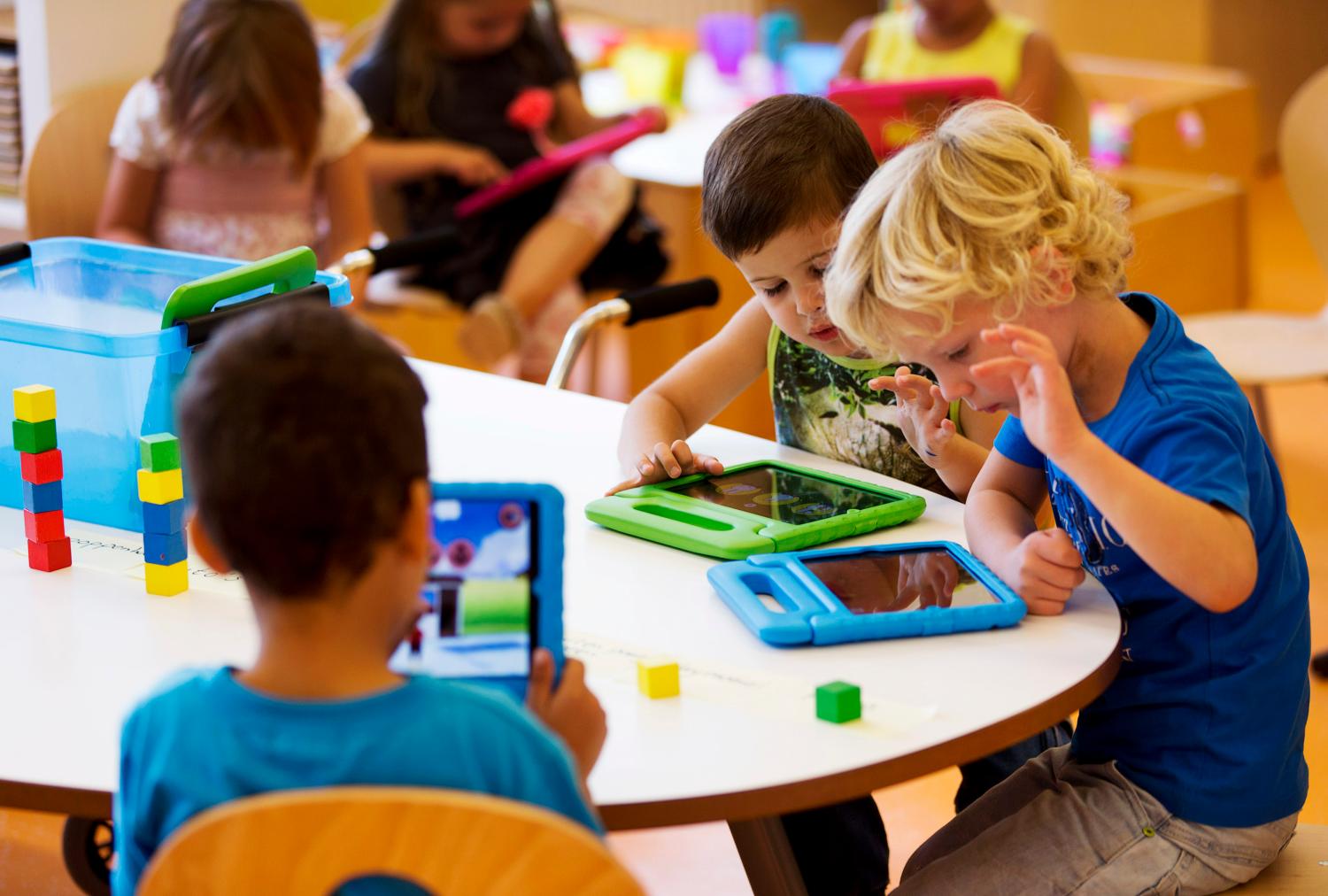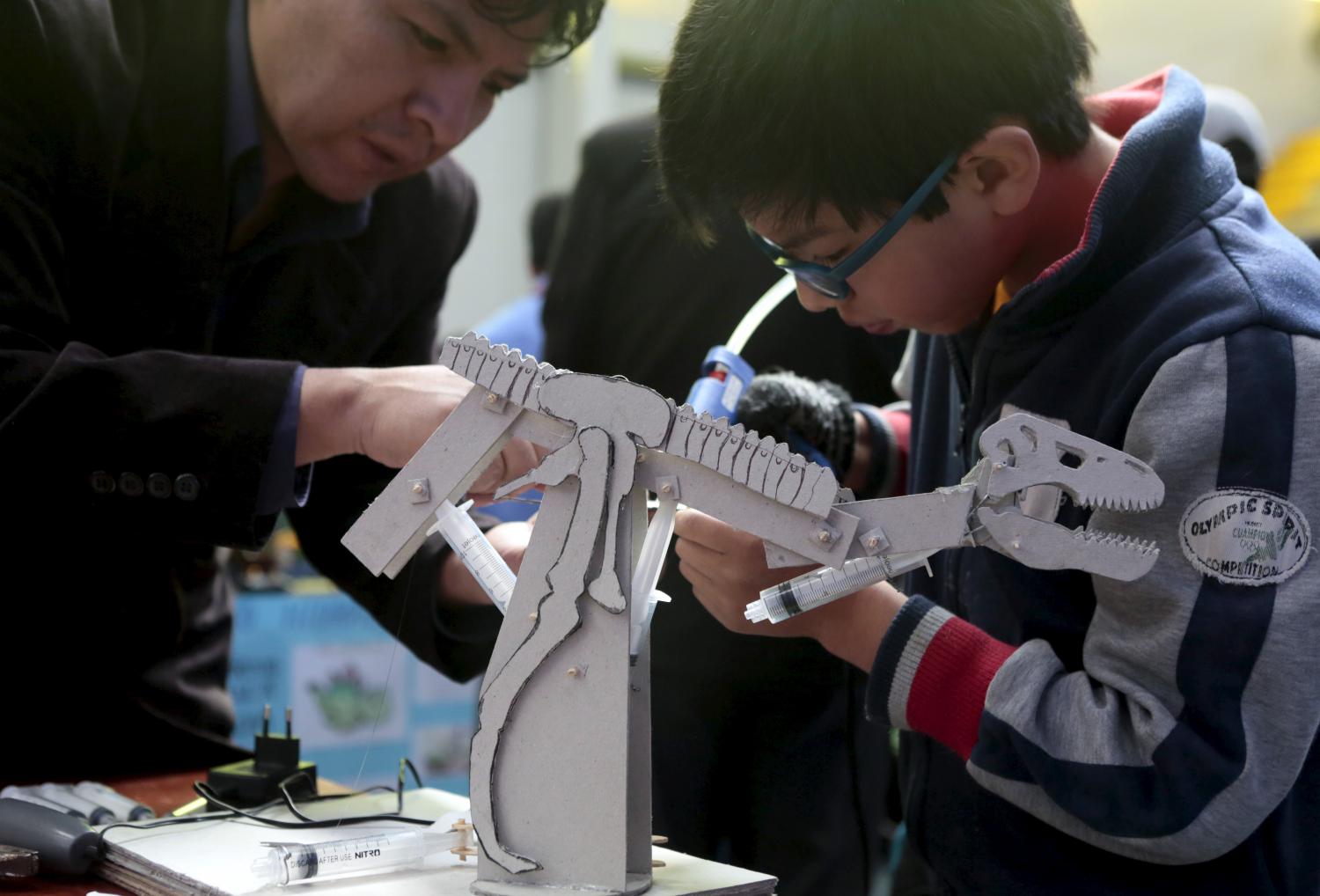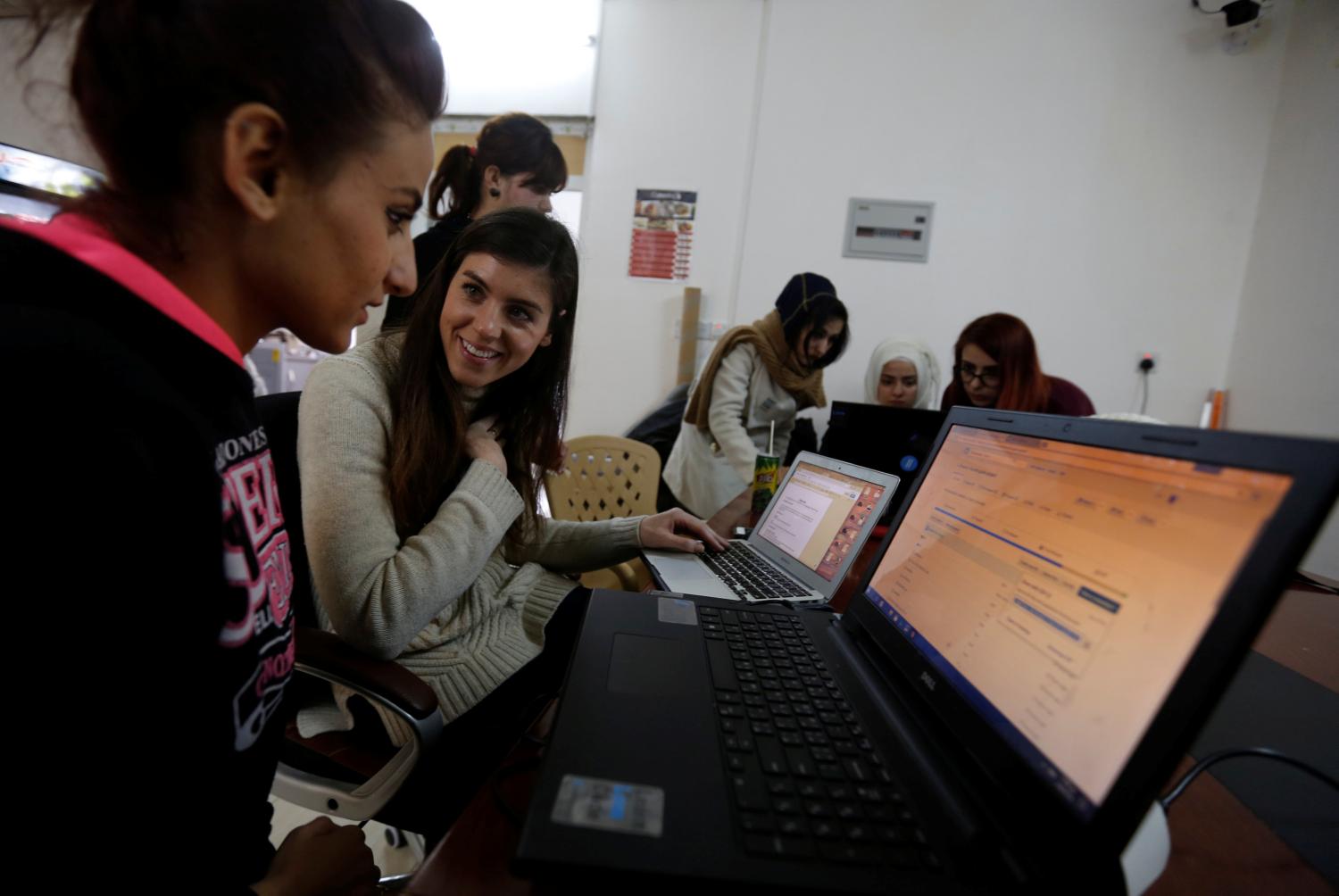The world is facing an urgent learning crisis. The International Commission on Financing Global Education Opportunity (the Education Commission) predicts that, by 2030, 825 million children in low- and middle-income countries—half of today’s youth generation—will reach adulthood without the skills they need to thrive in work and life. More worrisome still, it will take approximately 100 years for the most marginalized youth to achieve the learning levels that the wealthiest enjoy today. Confronted with these pervasive and persistent inequalities, we must make room for bold new approaches that have the potential to deliver quality learning for all children and youth, not in a century, but today. In Can We Leapfrog? The Potential of Education Innovations to Rapidly Accelerate Progress, researchers from the Center for Universal Education chart a new path forward in global education by examining the possibility of using innovations to leapfrog—rapidly accelerating educational progress to ensure that all young people develop the skills they need to thrive in a fast-changing world.
 Why Do We Need to Leapfrog?
Why Do We Need to Leapfrog?
The report’s first section lays out the case for leapfrogging. It argues that there are two main global education challenges: skills inequality and skills uncertainty. First, in most countries around the world, schools serve some children well and some very poorly. This inequality in how formal education systems develop children’s skills and abilities is found both within countries, between wealthy and poor children, and between countries, between the developed world’s high-income countries and the developing world’s low-income countries. What is more worrisome is that, with the current pace of change, it will take decades and centuries—what we call the “100-year gap”—for poor children to catch up with today’s educational levels of wealthy children. Second, this 100-year gap only becomes more daunting when you realize that it is between what we consider to be a good and bad education today, and that it does not even take into account the type of education children will need for the future. Fast-paced social and economic change means that it is not clear exactly what skills children will need to thrive in the future world of work and to be constructive citizens. But we do know that children will need to be well equipped to face uncertainty and to, among other things, work collaboratively with others to solve problems, something on which the average school does not focus.
What Do We Mean by Leapfrogging?
The next section defines leapfrogging, a concept not usually applied to education. It argues that the average schooling model used in most countries—what we call the persistent Prussian model, given its origins in mid-1700s Prussia—has brought many social and economic benefits to society. Thus we should think carefully about what needs to be transformed to meet the twin challenges of skills inequality and skills uncertainty. We ultimately argue that two of the most important transformations needed are in what children learn—namely, that schooling must focus on a breadth of skills, including but going beyond academics—and how children learn, specifically that schooling must put students’ curiosity at the center of the teaching and learning process and make room for hands-on, playful, and experiential learning. Given these goals, we define leapfrogging as any practices, both new and old, that enable skills inequality to be much more quickly addressed than the current 100-year gap predicts, and also as any practices that enable us to meet the challenge of skills uncertainty in this rapidly changing world. Finally, we argue that leapfrogging should set its sights on helping all children develop a breadth of skills, no matter if they are currently in or out of school or are living in poor or rich communities. Although leapfrogging often connotes ideas of skipping over steps to advance along a particular path, we do not stick narrowly to this idea. We took inspiration from the overarching concept that rapid and nonlinear progress can be made without following the usual path, perhaps skipping steps but also possibly ending up in a new place altogether.
Can We Leapfrog?
This section introduces the role of innovation in potentially helping education to leapfrog. It argues that one of the major questions the global education community faces—what we call the education paradox of our time—is whether it is possible to simultaneously address both skills inequality and skills uncertainty. This paradox, another prime motivation for this report, acknowledges that the current ways we help schools better teach the most marginalized, and hence address skills inequality, often are reinforcing the formal education structures that hold students back from developing the breadth of skills they need for 21st-century life, and hence are not preparing them for skills uncertainty. Citing the Education Commission, we argue that education innovation has a role to play in helping us find ways to leapfrog. Ultimately, innovation—which we define as an idea or technology that is a break from previous practice, and is often new in a particular context, even if not new to the world—can help countries that have a strong desire to prepare all children for a fast-changing world but are “hitting the limits” of what their education systems can provide.
How to Leapfrog
In this section, we discuss our two major contributions to the effort to explore how education can leapfrog: a leapfrog pathway based on existing evidence about how to transform what and how children learn; and a global catalog of education innovations that gives us insight into how to help education leap to different destinations along this pathway. The pathway charts a vision for leapfrogging that recognizes context and leaves room for multiple types of leaps. “Good” leap approaches are those found at the start of our pathway; they have the potential to address skills inequality even if not skills uncertainty, which is certainly an important leap for marginalized children. But the “best” leap is one that addresses both skills inequality and uncertainty at the same time; it can occur only when the core elements of innovations are aligned at the end of the pathway. In the catalog, we were interested in grounding the theory about leapfrogging in existing practice to demonstrate what is realistically possible in the here and now. To develop the catalog, we brought together the lists of fifteen organizations that we call Education Innovation Spotters—which are currently scanning the landscape of innovative programs, schools, policies, approaches, and tools; are collecting information about them; are highlighting them in publicly accessible formats; and may be funding or supporting them. This catalog consists of almost 3,000 education innovations that we have analyzed in relation to the four main elements of our leapfrog pathway, and this section gives illustrative examples from the catalog that showcase these elements in practice.
The Potential to Leapfrog
This fifth and final section of the report reflects on the current state of the education innovations community, which we define as the many actors around the globe who are engaged in supporting innovative education practices, and its collective potential to help education leapfrog. In many ways, the education innovations community is well positioned to advance leapfrogging; more than 85 percent of the world’s countries host innovations included in our catalog, which focuses heavily on poor and marginalized children. The vast majority of innovations focus on changing the teaching and learning process by using more playful learning approaches, and they are frequently finding ways to cooperate with government, civil society groups, and the private sector to implement their new approaches. However, there are also noticeable gaps that could limit the ability of the education innovations to help fuel leapfrogging. For example, there is little priority put on teachers’ professional development as a main aim of innovation, something that is essential for leaping ahead. Also, a relatively low priority is placed on finding new ways to recognize learning, to use technology to transform education, and to make effectiveness data publicly available. There are also significant gaps in the types of innovations that Innovation Spotters highlight: relatively few of the innovations they have captured are led by governments, are designed for children living in crisis and conflict, and are focused on children with disabilities. Undoubtedly, many actors around the world are pursuing innovative education approaches in each of these areas; making the effort to highlight such innovations would greatly enrich the community’s knowledge.
Ultimately, we conclude that governments, funders, and practitioners—and all those interested in helping leapfrog education so all young people can learn the full range of skills they need to thrive in the future—should be optimistic about the potential to rapidly accelerate progress. The education innovations community is energetic, diverse, and widespread, and there is clearly a movement afoot to experiment with the persistent Prussian model of schooling. Children from poor and wealthy families alike are participating in new approaches that are changing, with impressive results, how schooling is delivered, what is taught, and how teaching is done. Ultimately, we argue that this richness of education innovations holds promise for leapfrogging—addressing skills inequality and skills uncertainty—especially if the education innovations community can do a better job of tackling current gaps and governments can provide a conducive environment for effective innovations to thrive and be scaled up.
Download full report »
Innovations Catalog
Where is the education innovation community focusing its energy? In the report, we examined the innovations in the catalog collectively to give us insight into the scope and scale of the innovation efforts, how the education inn ovation community is treating the various elements of the leapfrog pathway, and how it is doing this work. Ultimately, this begins to help us understand the potential of the education innovations community to contribute to leapfrogging.

The Brookings Institution is committed to quality, independence, and impact.
We are supported by a diverse array of funders. In line with our values and policies, each Brookings publication represents the sole views of its author(s).







